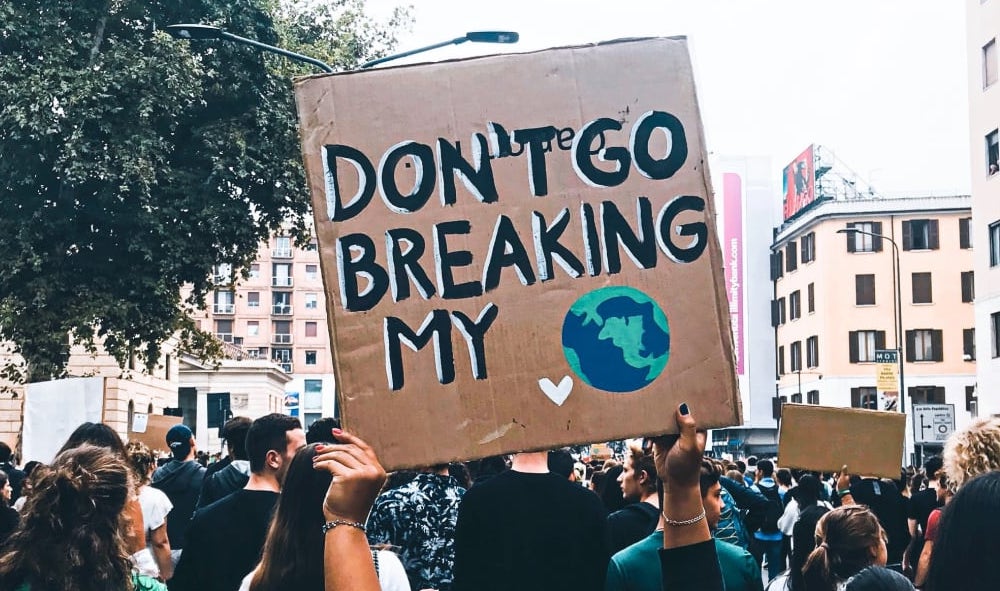Ah, the humble cardboard box. If you’re like most people, you’ve probably handled a few of them this week, and you might even have a stash of them tucked away somewhere. Corrugated cardboard boxes are preferred by manufacturers for several reasons—they’re light, and don’t add weight to shipments; they’re surprisingly durable; and they’re easy to customize. But boxes aren’t just good for business—they’re also the best choice when it comes to protecting our environment. Here are a few reasons why something as innocuous as cardboard is saving the world.
It’s non-toxic, and biodegradable
Most paper packaging materials are bleached white, using harmful bleaching agents like chlorine. Once used, the bleaching agents are usually buried in a hazardous waste landfill. Even though these landfills are lined with clay or other non-porous materials to prevent the waste from leaching into the ground, we’re still filling the earth with chemical byproducts—something that isn’t sustainable forever.
Cardboard, being unbleached, eliminates that process. It’s also completely biodegradable, and can be safely torn up and placed in a garden bed. Within two months, cardboard will completely break down into organic matter—a far cry from plastic, which breaks down after 100 years or so into toxic micro-particles.
It’s energy-efficient to produce
Paper also beats plastic in terms of its manufacturing emissions. In 2017, the paper manufacturing industry contributed just 0.8% to global greenhouse gas emissions, while plastic manufacturing was responsible for 4.5%.
The main reason for this is that almost all cardboard is made up of around 70% to 100% of recycled materials. It can be made from paper pulp; woodchips; and leftover materials from a range of paper-making processes. Since recycling corrugated cardboard produces less than 50% sulfur-dioxide than making it from raw materials, it follows that manufacturing cardboard has a low carbon footprint.
It’s renewable
The oil we use to make plastic is a finite material—once we’ve tapped our global supply, our planet won’t produce any more for about 10 million more years. Cardboard boxes are made from trees, which take a few decades to grow. In fact, most corrugated cardboard produced in the U.S. is made from fast-growing pine trees, which take only about 10 years to reach maturity. So, to recap: the vast percentage of a cardboard box is made from recycled material. The small percentage of new, raw material is made from fast-growing trees. So, even though the most earth-friendly solution would be to go zero-waste, cardboard is the most sustainable, yet practical packaging option we have right now.
It’s the most recycled packaging material
In terms of recovery rates, cardboard has a track record that’s miles ahead of any other packaging material. Currently, about 70 percent of commercially-shipped cardboard boxes are recovered for recycling. In 2018, the U.S recycled 46 million tons of paper and cardboard, making it the highest recycled material that year. Recycling one ton of cardboard can save more than nine cubic yards of landfill space; more than 390 kWh of energy; 46 gallons of oil; and 700 gallons of water.
It’s the backbone of the global supply chain
More than 95% of all goods consumed in North America are packaged and transported in corrugated packaging. In the U.S., that’s more than 80 billion boxes per year. Cardboard is an essential part of our supply chain and our economy—if cardboard box production ever stopped, it would be very difficult for us to transport critical supplies to where they are needed. This is why, during the Covid-19 pandemic, box manufacturing plants stayed open amidst shutdowns.
Cardboard box production makes up a big chunk of our economy, too. The U.S. corrugated packaging industry is a $35.2 billion manufacturing sector, providing employment to more than 100,000 workers. There are 1,183 box plants operating in nearly 1,000 cities and towns across America. And that’s not even getting into packaging supply companies that distribute the goods, like us!
You can help save the world, too
There’s no doubt that cardboard boxes are pretty incredible. They’re recyclable, biodegradable, lightweight, and versatile. But none of that makes a bit of difference if humans don’t choose them for their packaging needs, and recycle them once they’ve been used. Even though a great percentage of cardboard is recovered for recycling each year, a good deal of it is not. Many people simply trash all the cardboard packaging they receive, along with their other household waste. In 2018, 67.7 million tons of paper and cardboard ended up in the United States solid waste stream.
So, at the risk of sounding like a cheesy commercial, do your part! If you have the option to choose a shipping material, cardboard—and not plastic—is the way to go. You can also use sustainable fill materials, like kraft paper. Non-reinforced, water-activated tape is also completely biodegradable and re-pulpable. The solutions are out there—you just have to choose them!
Get corrugated cardboard and more in Richmond
SSI Packaging is a small, family-owned packaging company based in Richmond, VA. We offer everything you might need to package, label, and ship your inventory. To learn more about sustainable packaging, check out our blog. To our explore our vast catalog of products, click here.

